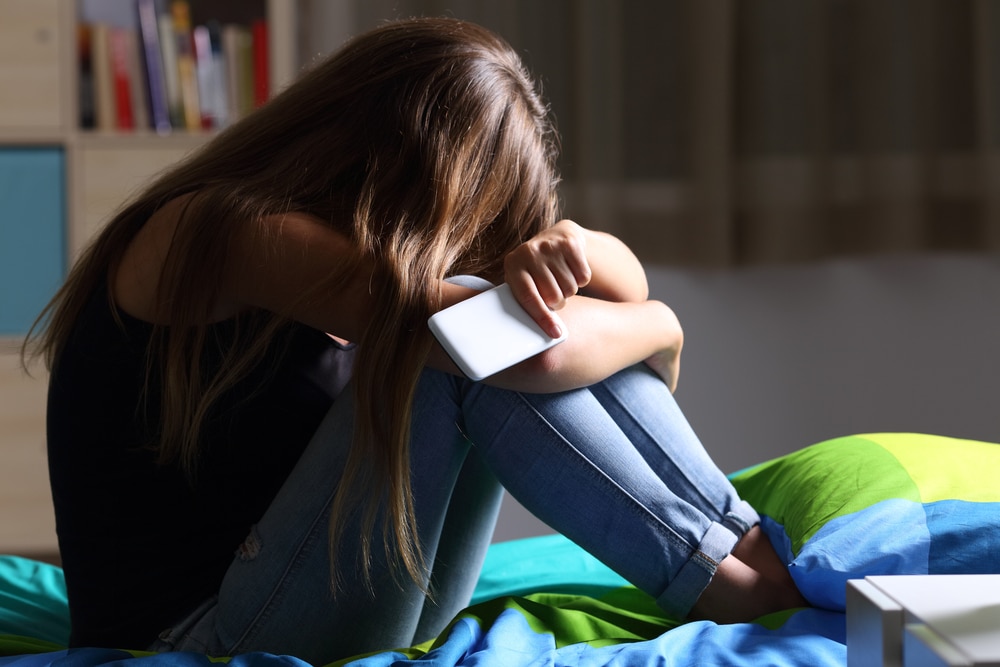(OPINION) The number of teenage girls experiencing suicidal thoughts and behaviors increased during the second year of the pandemic, new federal data showed.
The percentage of high school female students who seriously considered attempting suicide rose from 24.1% to about one-third, or 30%, between 2019 and 2021, according to the latest results of the Youth Risk Behavior Survey, published Thursday by the Centers for Disease Control and Prevention.
According to ABC News, The percentage of those who made a suicide plan increased from 19.9% to 23.6% and there was also an increase in suicide attempts from 11.0% to 13.3%, according to the CDC survey. Differences were seen when it came to students’ ages, race/ethnicity or gender identity.
For example, 9th and 10th-grade girls were more likely to seriously consider attempting suicide than 12th-grade girls. Ninth graders who were seriously considering suicide increased from 23.7% in 2019 to 30.7% in 2021 and 10th graders saw an increase from 23.6% to 33.6% over the same period. However, for 12th-grade girls, the risk went up from 24.0% in 2019 to 25.6% in 2021.
Freshman and sophomore high school girls were also more likely to make a suicide plan and attempt suicide compared to senior high school girls, according to the CDC.
“Because of the increased prevalence of suicidal thoughts and behaviors among female students, particularly for those in 9th- and 10th-grade, the importance of early prevention and intervention to prevent suicide is evident,” the authors wrote.
In 2021, Black students were nearly 1.5 times more likely than white female students to report having attempted suicide. Compared to white female students, Hispanic female students had increased rates of suicide attempts requiring medical attention. Additionally, LGBQ+ students had higher rates of reporting attempted suicide than heterosexual students, the CDC said.
Those identifying as lesbian or gay were found to have nearly 1.9 times higher rates, identifying as bisexual nearly 3.3 times higher rates, and identifying as questioning 1.5 times higher rates compared to heterosexual students. Meanwhile, when it came to suicidal thoughts and behaviors among male students, percentages were relatively stable between 2019 and 2021.










